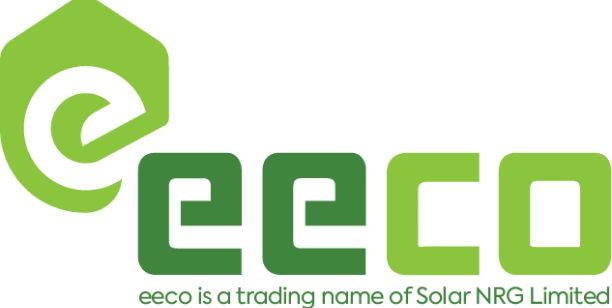There have been significant advancements in solar energy technology in recent years. Here are a few examples:
- Improved efficiency:
Solar panel efficiency refers to the percentage of sunlight that is converted into electricity. Advances in materials science and manufacturing techniques have led to more efficient solar panels. High-efficiency solar panels are now available that can convert up to 24% of sunlight into electricity. - Energy storage:
One of the biggest challenges with solar energy is that it is only available when the sun is shining. However, advancements in energy storage technology, such as batteries and thermal storage systems, are making it possible to store excess solar energy for use when the sun is not shining. - Thin-film solar cells:
Thin-film solar cells are made from lightweight and flexible materials that can be used in a variety of applications, such as building-integrated photovoltaics (BIPV) and portable electronics. These cells are less efficient than traditional silicon solar cells, but they are cheaper to manufacture and can be produced in large quantities. - Solar windows:
Solar windows are a type of BIPV that can generate electricity while still allowing light to pass through. These windows use a thin film of solar cells that are applied to the surface of the glass. - Perovskite solar cells:
Perovskite solar cells are a type of thin-film solar cell that use a class of materials called perovskites. These cells have the potential to be more efficient and cheaper to manufacture than traditional silicon solar cells. However, they are still in the experimental stage and are not yet widely available.
These are just a few examples of the many advancements being made in solar energy technology. As research and development continue, we can expect to see even more exciting innovations in the future.


